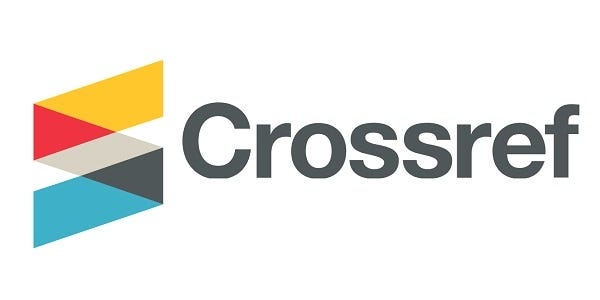Impairment of intangible assets and goodwill
DOI:
https://doi.org/10.53641/junta.v2i1.18Keywords:
impairment, intangible, goodwill, business combinationsAbstract
The International Financial Reporting Standards present restrictions when recognizing the intangible asset, and once recognized, the unverifiable estimates in the impairment of the intangible assets are incomplete. Conservative treatment in the recognition of R & D costs as expenses at the time they are incurred causes an aggressive effect when recognizing profits. Therefore, a net result is displayed for greater value, since the costs were reflected in previous periods. It involves an asymmetric treatment between the profits and the costs for the same operation: while the costs are treated as expenses, there is an underestimation of the company’s profits and assets in the R & D period. The purpose of the IFRS is the average or typical case, and in this sense, more and more companies are seeking to activate R & D expenses. Considering this context, this paper analyzes the rules related to impairment of value and intangibles, and the treatment applied to goodwill or goodwill as a result of business combinations. Furthermore, the cash generating units are addressed with particular emphasis on the goodwill or goodwill value through this analysis.
Downloads
References
Aboody, D. & Lev, B. (2000). Information asymmetry, R&D, and insider gains. The Journal of Finance, 55(6), 2747–2766.
Brewer, J. & Hunter, A. (1989). Multimethod Research: A Synthesis of styles. Newbury Park, C.A.: Sage Publications.
Banegas, R., Manzaneque, M. & Merino, E. (2011). Tratamiento contable de las transacciones separadas en las combinaciones de negocios. Proceso armonizador de la normativa contable internacional (IFRS) y americana (FAS). Contaduría y Administración, 58(1), 13–36.
Cassar, G. (2009). Financial statement and projection preparation in start-up ventures. The Accounting Review, 84(1), 27e51.
Cazavan-Jeny, A., Jeanjean, T. & Joos, P. (2011). Accounting choice and future performance: The case of R&D accounting in France. Journal of Accounting and Public Policy, 30(2), 145-165.
Deng, Z. & Lev, B. (2006). In-process R&D: To capitalize or expense? Journal of Engineering and Technology Management, 23(1), 18-32.
Devine, C. T. (1985). Essays in Accounting Theory. Volumen V. Sarasota: American Accounting Association.
International Accounting Standards Board. (2014). International Financial Reporting Standards IFRS 2014. London: International Accounting Standards Board.Kang, H. & Gray, S. (2011). Reporting intangible assets: Voluntary disclosure practices of top emerging market companies. The International Journal of Accounting (46), 402-423.
Lev, B. (2001). Intangibles: Management, Measurement, and Reporting. Washington, DC: The Bookings Institution.
Lev, B., & Sougiannis, T. (1996). The capitalization, amortization, and value-relevance of R&D. Journal of Accounting and Economics, 21, 107–138.
Lev, B., & Zarowin, P. (1999). The boundaries of financial reporting and how to extend them. Journal of Accounting Research, 37(2), 353–385.
Lev, B., Sarath, B. & Sougiannis,T. (2005). R&D reporting biases and their consequences. Contemporary Accounting Research, 22(4), 977–1026.
Upton, W. S., JR. (2001). Business and Financial Reporting — Challenges from the New Economy. Financial Accounting Series: FASB.
US Financial Accounting Standards Board. (2011). Statement of financial accounting standards. Financial Accounting Standards Board.
Zéghal, D. & Maaloul, A. (2011). The accounting treatment of intangibles: A critical review of the literature. Accounting Forum, 35(4), 262-274.
Downloads
Published
How to Cite
Issue
Section
License
Copyright (c) 2019 Norma Pontet Ubal

This work is licensed under a Creative Commons Attribution 4.0 International License.








